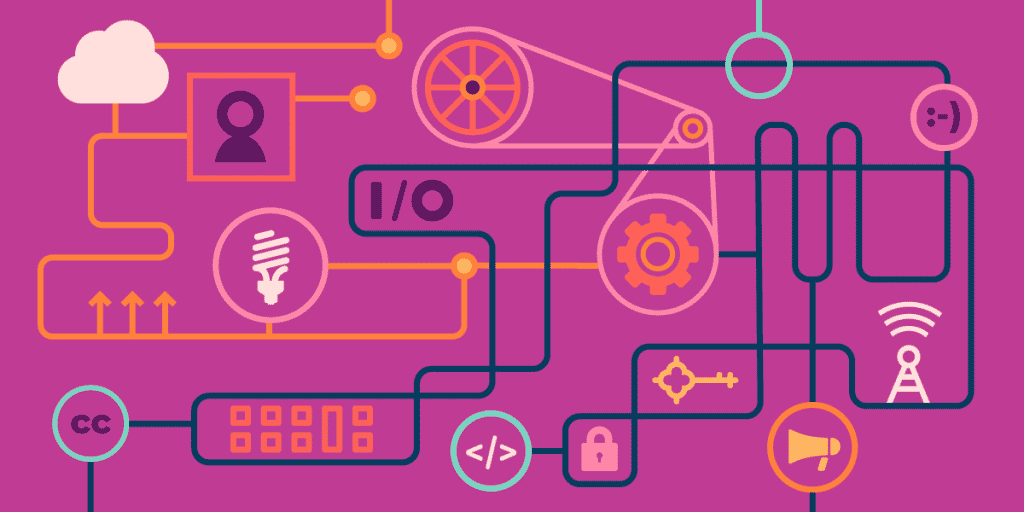1. The cloud Not Good For Healthcare
Medical organizations have long maintained the belief that cloud technologies are fundamentally less reliable than on-premises alternatives. Despite the fact that both on-site, as well as cloud-based platforms, are equally susceptible to intrusion, research reveals that cloud-based solutions are really more protected. Clients who utilize cloud-based services encounter an aggregate of 27.8 assaults per year, whereas those who use on-premises services suffer an aggregate of 61.4 breaches annually, as per the Alert Logic 2012 Cloud Security Report. The communication, memory, and computing elements of the cloud architecture are the most basic. For healthcare, every element must be custom-built and tailored to the specific use case. Security, redundancy, and ‘burst ability’ are all important considerations in healthcare network architecture.
2. Data More Prone To Hacking
Cloud-based information is less vulnerable when appropriately encrypted and protected. Nevertheless, it all relies on the infrastructure and the cloud service provider. Thorough knowledge of the provider’s strategy for defense is essential from an administrative, technological, and physical standpoint. The organization’s operational guidelines for a healthcare cloud are just as crucial as the technology itself. It’s difficult for on-premises techniques to give the same degree of service. Since most healthcare organizations do not have a strong emphasis on IT safety, going to cloud providers — especially those that cater specifically to the healthcare industry — might be a wise move. In-house personnel cannot compete with cloud-based service providers in terms of assets and manpower.
3. Security Is Fragile
This misconception is usually untrue because cloud companies take every measure to secure sensitive information they save in their systems. As a result, choosing a cloud service provider that has the knowledge and know-how to guarantee that your information is isolated from other businesses’ content at every point of the lifecycle is critical. It is essential to use isolation techniques to safeguard cloud-based data.
4. Data Can’t Be Mined
This misconception may be the most critical to dispel. The absence of sight as well as the lack of freedom lead to the idea that the cloud is not as protected or has some amount of danger. In order to guarantee that you are in complete control, you should use cloud-based versions of your existing on-premises security measures. Authentication, user management, plus access management should all be compatible with your on-premises system in the cloud.



